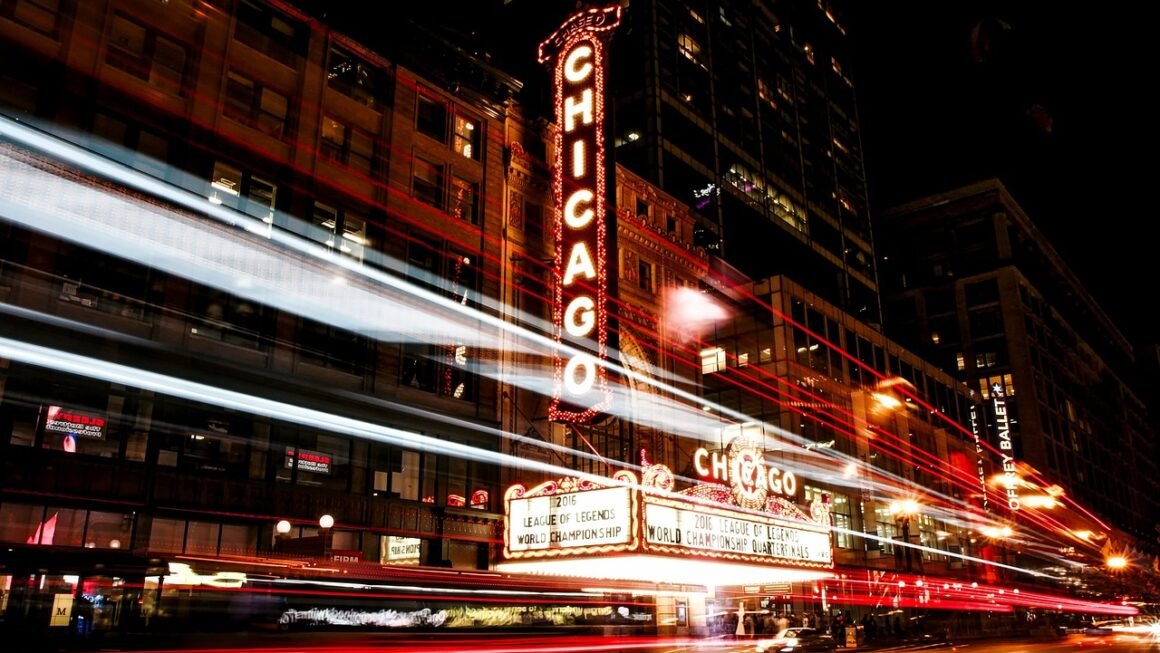Pop culture. It’s the air we breathe, the water we swim in, the constant hum that defines our collective consciousness. From viral TikTok dances to blockbuster superhero movies, understanding pop culture isn’t just about being “in the know”; it’s about understanding the social, political, and economic forces that shape our world. This post delves into the multifaceted world of pop culture, exploring its key elements, impacts, and how it continues to evolve in the digital age.
Defining Pop Culture: More Than Just Trends
Pop culture, short for popular culture, encompasses the widely disseminated and generally accepted aspects of culture at a given time. It’s a broad term that includes:
What Makes Something “Pop Culture”?
- Widespread Appeal: It has to be popular and enjoyed by a significant portion of the population. Think of the global phenomenon of K-pop or the enduring popularity of the Star Wars franchise.
- Mass Production and Consumption: Pop culture is often associated with mass-produced goods and media, readily available for consumption. Consider fast fashion trends or readily accessible streaming services.
- Transient Nature: While some elements of pop culture endure, many trends are fleeting and replaced quickly. Remember the fidget spinner craze?
- Reflective of Society: It often reflects the values, beliefs, and anxieties of the society in which it exists. Shows like “Black Mirror” often mirror and amplify our fears about technology.
Distinguishing Pop Culture from High Culture
While often contrasted, the line between pop culture and high culture (e.g., classical music, opera) can be blurry. What was once considered high culture can sometimes become pop culture through broader accessibility and adaptation. Think of how classical music themes are sometimes sampled in pop songs. The key difference lies in:
- Accessibility: Pop culture is generally more accessible to a wider audience.
- Elite vs. Mass Appeal: High culture often appeals to a more niche, educated audience, while pop culture is designed for mass consumption.
- Perceived Value: High culture is often perceived as having greater artistic or intellectual value, though this is subjective.
The Power of Media in Shaping Pop Culture
Media is the primary vehicle through which pop culture is disseminated and consumed. Its influence is undeniable.
The Role of Television, Film, and Music
- Television: From sitcoms to reality shows, television has long been a major driver of pop culture. Shows like “Friends” and “The Simpsons” have had an undeniable and lasting impact. Consider the catchphrases, fashion trends, and social commentary that these shows have introduced and perpetuated.
- Film: Blockbuster movies create shared experiences and influence fashion, language, and even social norms. The Marvel Cinematic Universe (MCU) has become a cultural juggernaut, dominating box offices and shaping discussions about heroism and storytelling.
- Music: Music genres, artists, and music videos constantly evolve and reflect current social trends. From the Beatles revolutionizing pop music to the rise of hip-hop as a cultural force, music shapes our identities and provides soundtracks to our lives.
The Digital Revolution and its Impact
The internet and social media have fundamentally altered the landscape of pop culture.
- Democratization of Content Creation: Anyone with a smartphone can create and share content, leading to the rise of influencers and user-generated content.
- Viral Phenomena: Memes, challenges, and trends can spread rapidly across social media platforms, creating shared experiences and defining internet culture.
- Direct Artist-Fan Interaction: Social media allows artists to connect directly with their fans, bypassing traditional media gatekeepers.
- Fragmentation of Audiences: While some trends achieve global reach, the internet also allows for niche communities and subcultures to thrive.
Pop Culture as a Reflection of Society
Pop culture acts as a mirror, reflecting the anxieties, aspirations, and values of the society that creates it.
Social and Political Commentary
- Addressing Social Issues: Pop culture can be a powerful tool for addressing social and political issues, raising awareness and sparking conversations. Shows like “Orange is the New Black” shed light on the realities of the prison system and the experiences of marginalized communities.
- Satire and Parody: Satirical shows and movies can critique societal norms and power structures. “Saturday Night Live” has a long history of using humor to comment on political events and figures.
Identity and Representation
- Representation Matters: Increasing diversity and representation in pop culture is crucial for reflecting the realities of society and challenging stereotypes.
- Empowering Marginalized Voices: Pop culture can provide a platform for marginalized voices to be heard and for their stories to be told.
Economic Influences
- Consumerism and Branding: Pop culture is often intertwined with consumerism and branding, as companies use popular trends to market their products.
- The Business of Entertainment: The entertainment industry is a massive economic force, generating billions of dollars annually and shaping global economies.
The Future of Pop Culture: Trends and Predictions
Pop culture is constantly evolving, driven by technological advancements, social changes, and creative innovations.
The Rise of Immersive Experiences
- Virtual Reality (VR) and Augmented Reality (AR): VR and AR technologies are creating new immersive experiences that blur the lines between the physical and digital worlds. Imagine attending a virtual concert or exploring a virtual museum.
- Interactive Storytelling: Interactive movies and video games are putting audiences in control of the narrative, creating personalized and engaging experiences.
The Continued Domination of Streaming Services
- Original Content Wars: Streaming services are investing heavily in original content, leading to a golden age of television and film.
- Subscription Models and Bundling: Subscription models and bundled services are becoming increasingly common, changing the way we consume media.
The Importance of Authenticity and Inclusivity
- Consumers Demand Authenticity: Consumers are increasingly demanding authenticity and transparency from brands and creators.
- Prioritizing Diversity and Inclusion: The push for greater diversity and inclusion in pop culture is likely to continue, leading to more representative and equitable media landscapes.
Conclusion
Pop culture is a dynamic and multifaceted force that shapes our world in profound ways. By understanding its key elements, impacts, and trends, we can gain a deeper understanding of ourselves and the society we live in. From consuming media mindfully to supporting diverse voices and creative endeavors, we all have a role to play in shaping the future of pop culture. So, stay engaged, stay curious, and stay informed!



